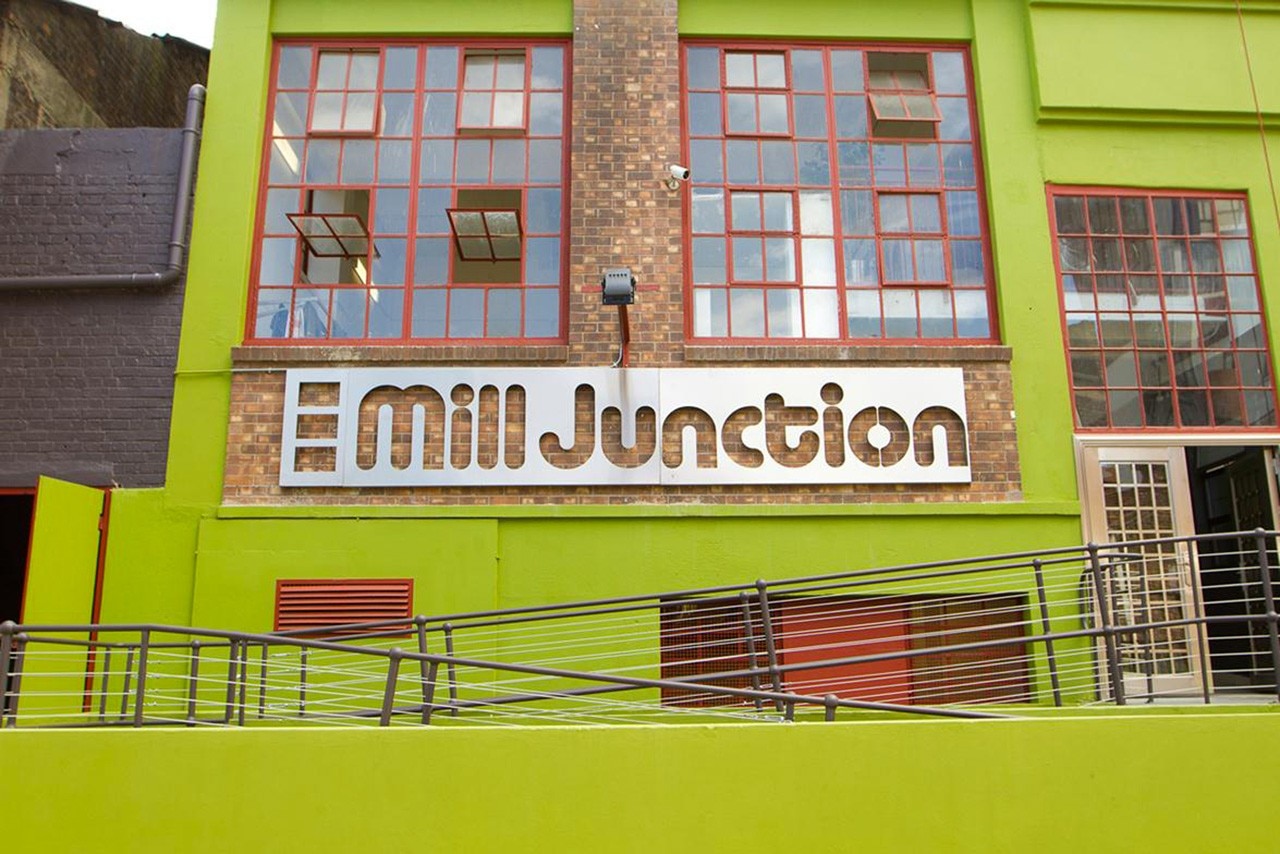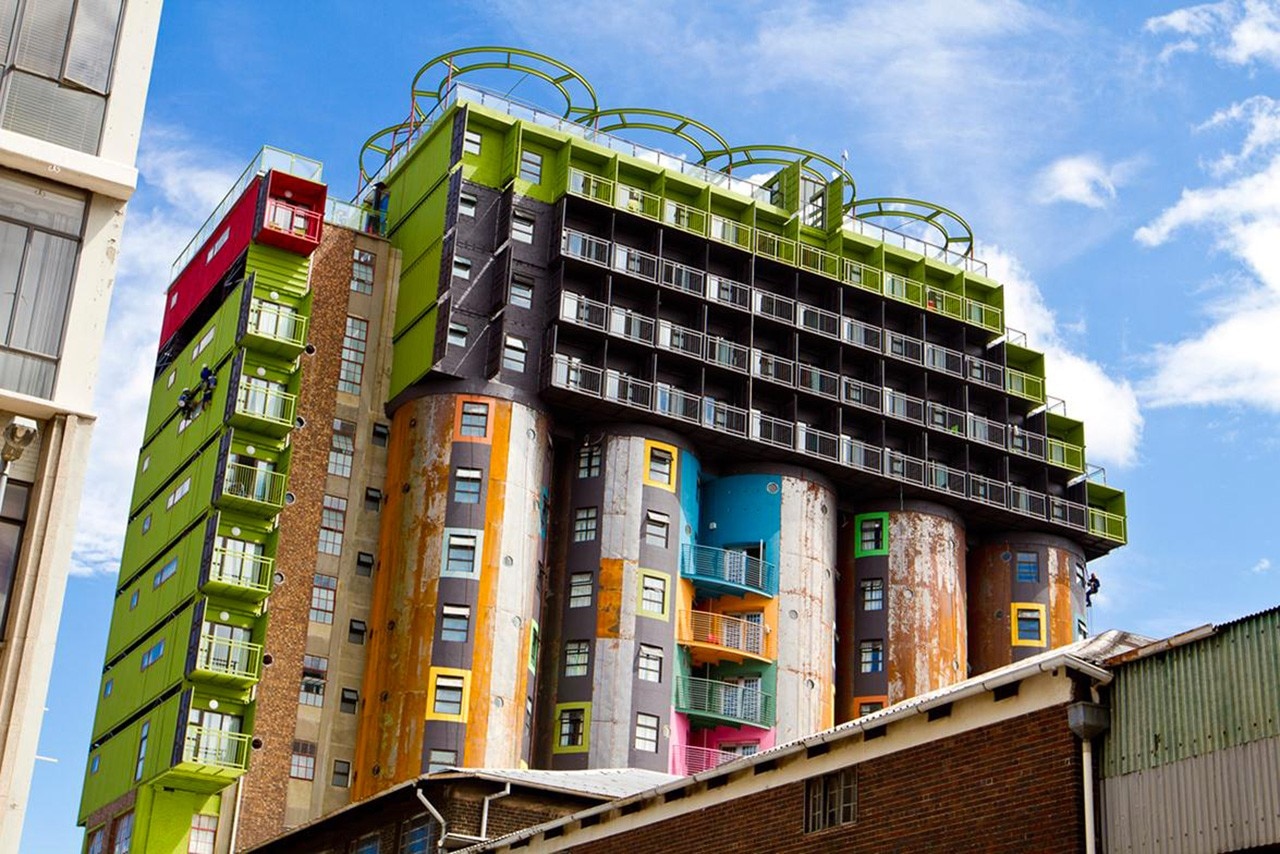
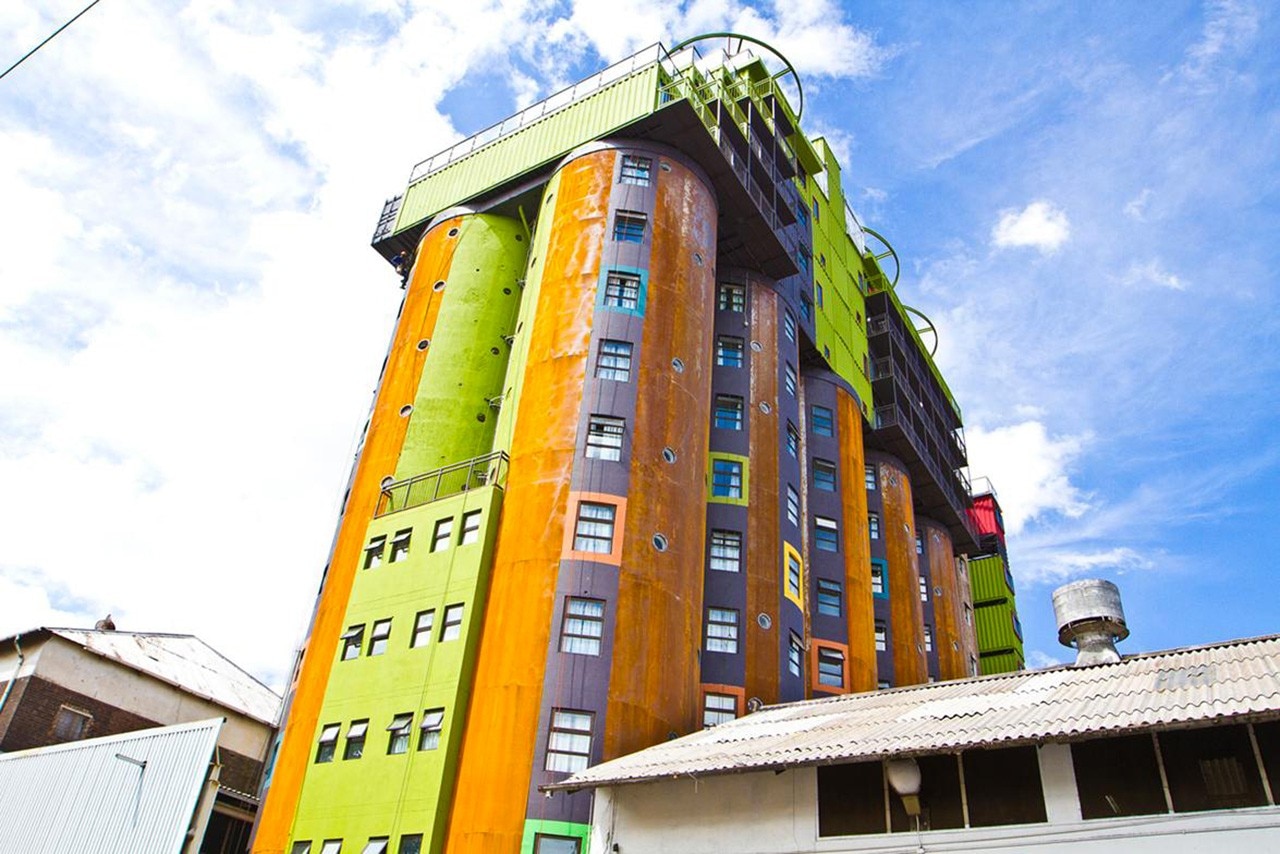
The Mill Junction urban regeneration project could be described as an intervention that is “sustainable to the power of three”.
Beginning with the first level, the environmental one: heat pumps for producing hot water and heating irradiate across the entire structure like a cardiovascular system. The windows, present in each room, are equipped with a movement device with light sensor that activates the opening and closing of the double-glazed windows. Citiq reckon that thanks to these simple details the building uses half as much energy as one in a similar category, of the same size and function.
Finally, the coloured containers that characterise the building have been salvaged and well-insulated, saving them from a slow, costly as well as polluting process of elimination.
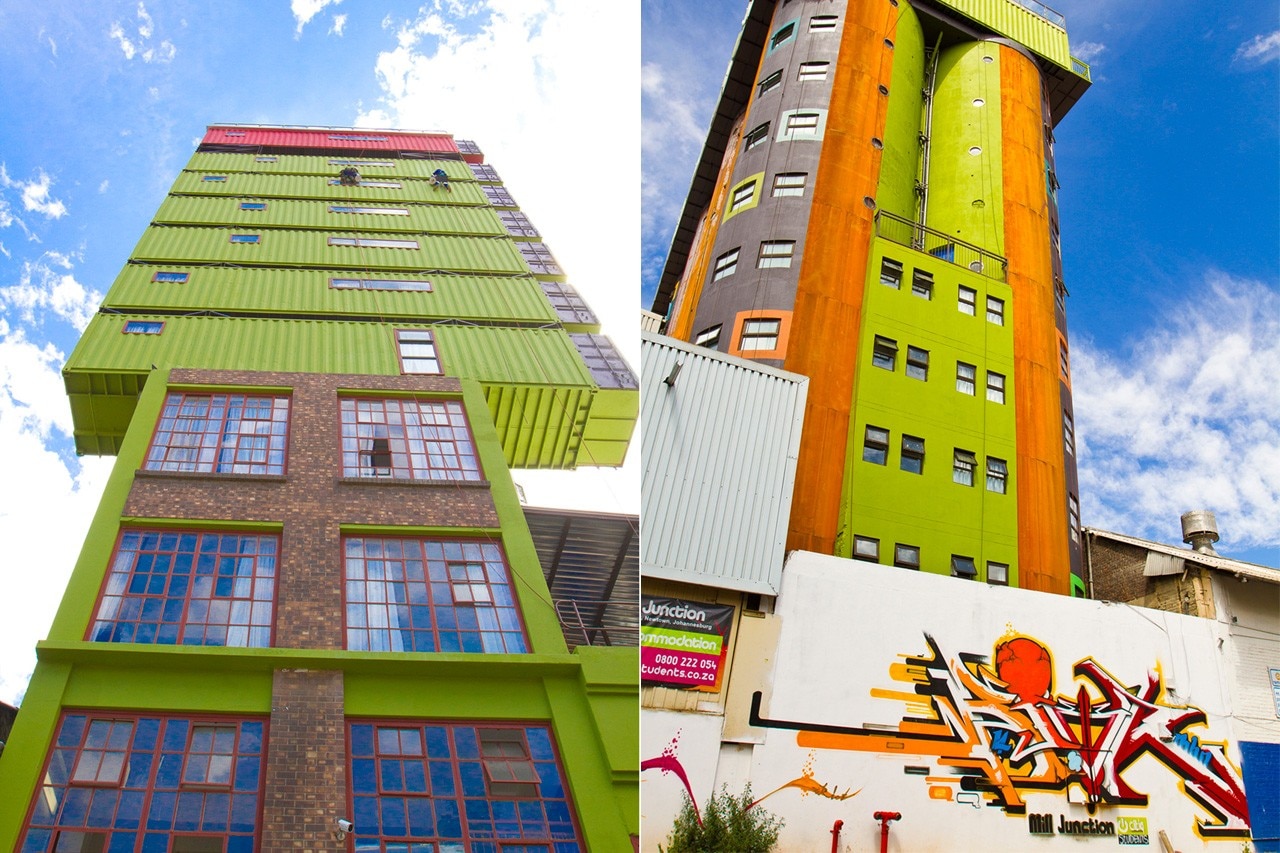
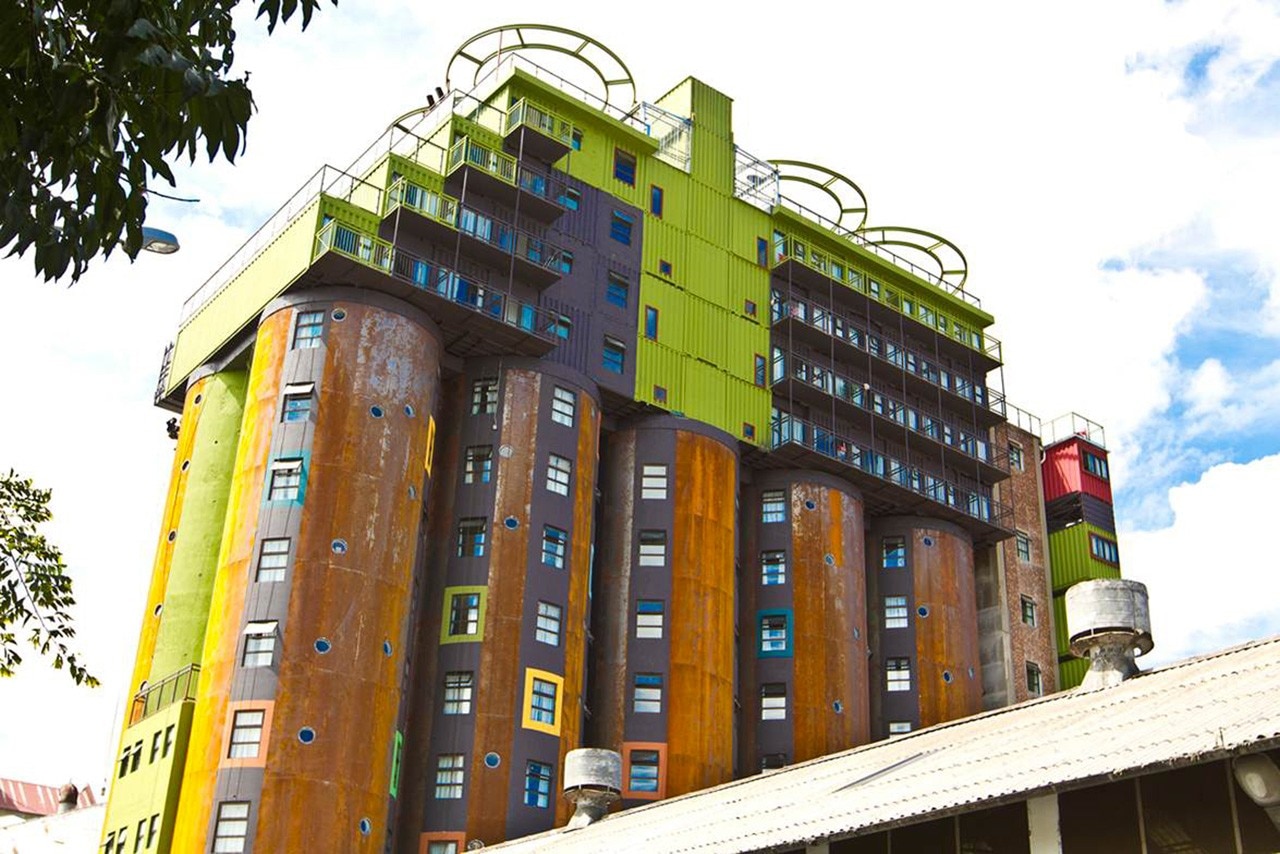
Paul Laphman, head of Citiq, appears to be optimistic also with regards to the possibility of replicating the initiative although he highlights the need to experiment with new ways for reusing the shipping containers and making them energy efficient.
Given the quantity of disused structures with a strongly dislocated identity in various university cities across Europe, with the right kind of contextualisation and modifications who knows if Mill Junction will inspire a string of long-sighted entrepreneurs to begin a process of urban regeneration that serves the community, their budgets and a university and education system that is increasingly under pressure due to a lack of supporting structures.
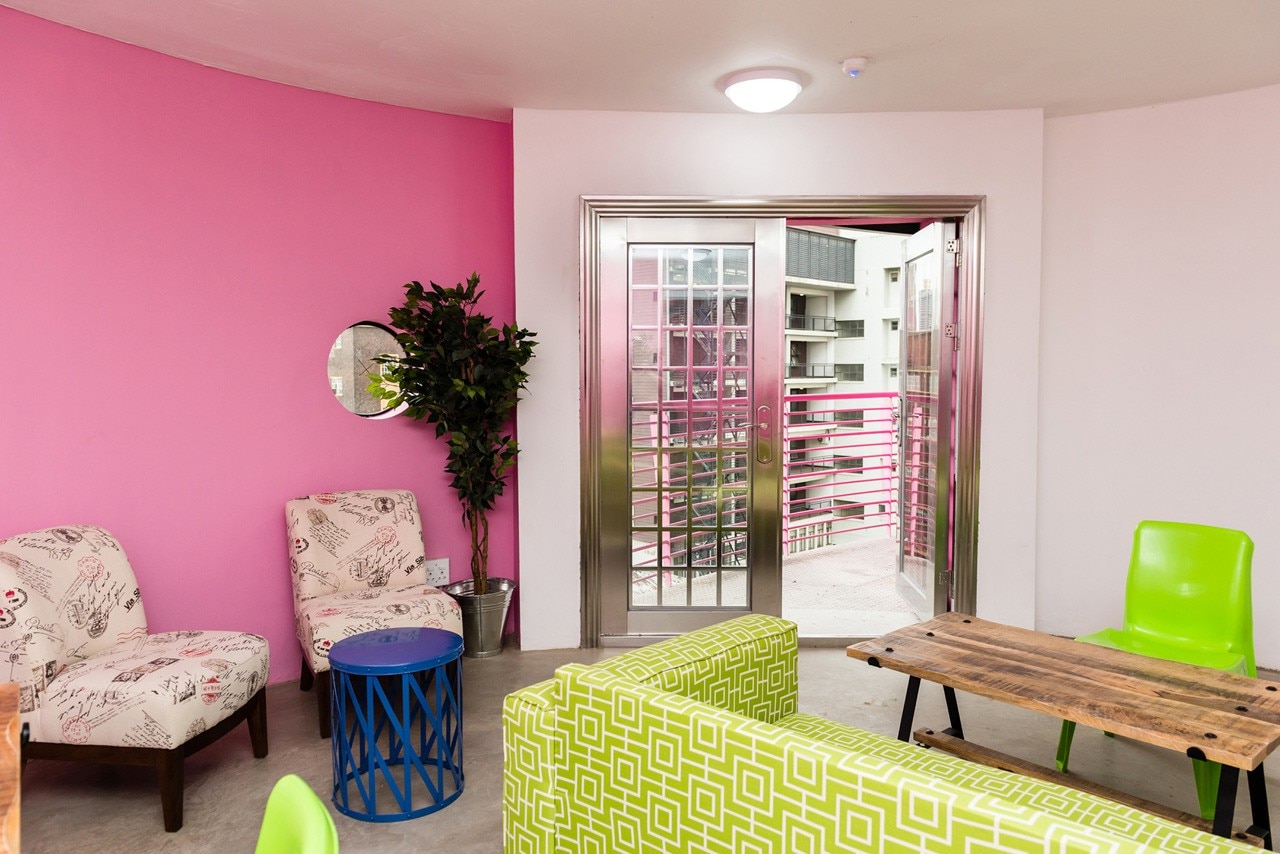
Mill Junction, Johannesburg
Program: student residence
Building constructor: Citiq Students
Completion: 2014


